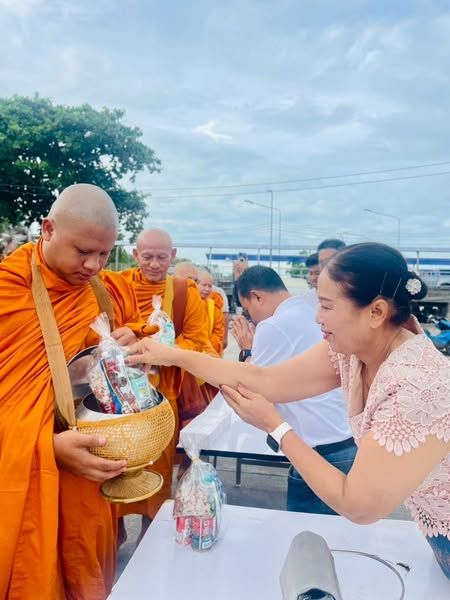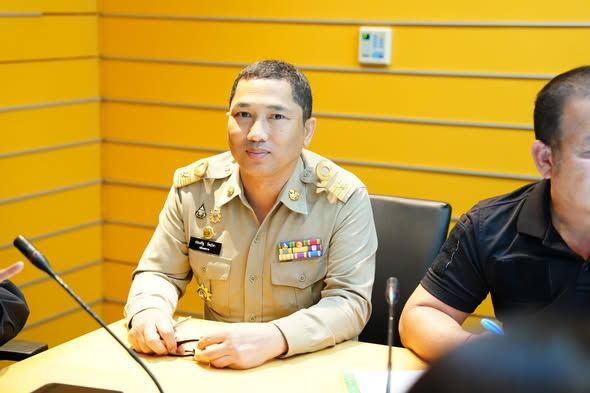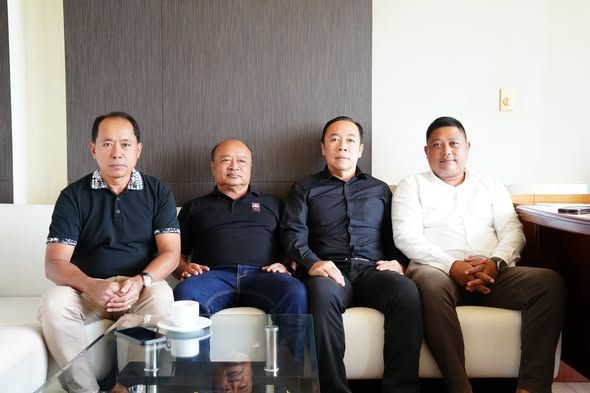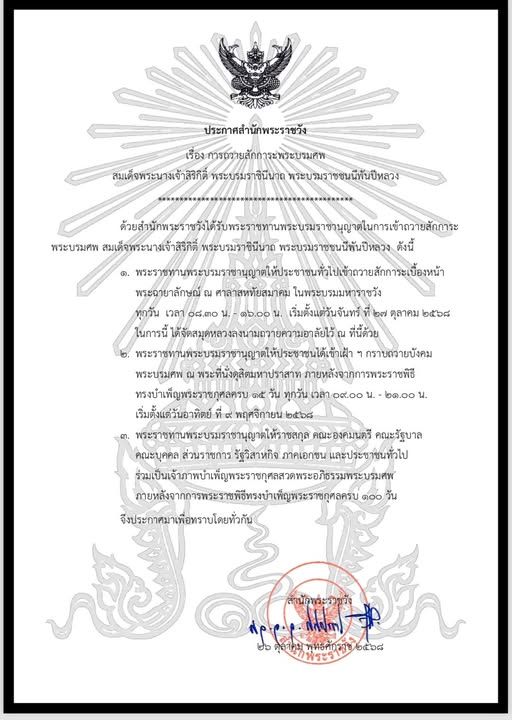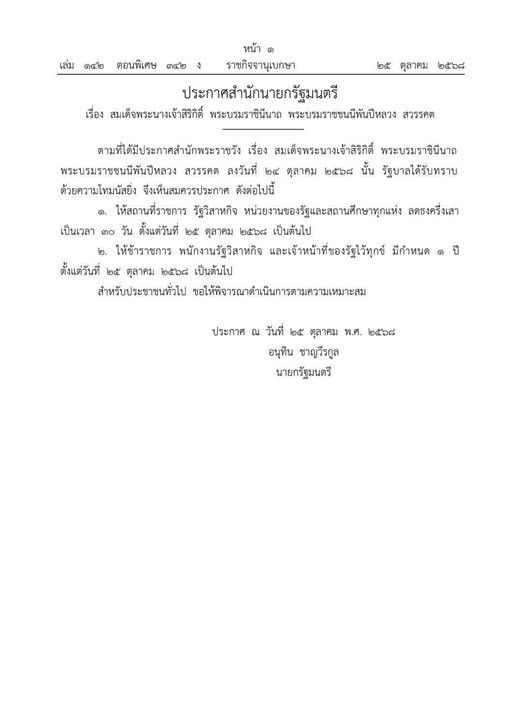Koh Samui’s Nathon Pier recently hosted a vibrant almsgiving ceremony, led by Deputy Mayor Mr. Amnat Chotchuang, as part of the Buddhist Lent festivities. This beautiful event brought together locals and tourists in a display of faith and community spirit.
KohSamui #NathonPier #BuddhistLent #Almsgiving #ThailandCulture #SpiritualJourney #TravelThailand #SuratThani #ThaiFestival #IslandLife #CulturalExperience #BuddhistTradition #FaithAndCommunity #TravelGram #ExploreThailand
Event Overview
On July 11, 2025, the Koh Samui City Municipality took part in a significant almsgiving ceremony for rice and dry food, celebrating the “Candle Parade for Buddhist Lent, Month 8 Merit Festival 2025.” The event was held early in the morning at Nathon Pier Building in Surat Thani Province. Key participants included Mr. Amnat Chotchuang, Deputy Mayor of Koh Samui City Municipality, together with the Chairman and members of the Municipal Council, heads of government departments, and municipal staff. The ceremony was presided over by Mr. Amorn Chumchuay, District Chief of Koh Samui, and also saw attendance from the President and members of the Koh Samui District Red Cross, representatives from both government and private sectors, as well as local Buddhists, the wider public, and visiting tourists.
Significance of Asalha Puja Day and Buddhist Lent
Asalha Puja Day and Buddhist Lent are two of the most important Buddhist holidays in Thailand. Asalha Puja commemorates the Buddha’s first sermon and the establishment of the Buddhist monastic community, while Buddhist Lent (Khao Phansa) marks the beginning of a three-month period when monks traditionally remain in their monasteries to meditate, study, and practice the teachings of the Buddha. During these times, laypeople have opportunities to deepen their faith and practice through merit-making activities.
Almsgiving and Merit-Making Activities
Almsgiving is a deeply rooted tradition in Thai culture, especially during significant religious festivals. The offering of rice and dry food to monks symbolizes gratitude, selflessness, and the support of the monastic community. In addition to almsgiving, lay Buddhists also participate in listening to sermons, observing moral precepts, engaging in meditation, and practicing mindfulness to purify their minds and earn merit.
The Candle Parade Tradition
The Candle Parade is an integral part of the Buddhist Lent festival. Large, ornately decorated candles are paraded through communities before being offered to temples. These candles are traditionally used to provide light for monks during their extended stays in monastic retreats throughout the rainy season. The parade fosters community spirit, brings people together in celebration, and serves as a vehicle for preserving religious customs.
Role of the Municipality and Community Engagement
Municipalities like Koh Samui City play a vital role in organizing and supporting these religious and cultural events. By collaborating with local government agencies, the Red Cross, community groups, and the private sector, the municipality helps ensure broad participation and the continuation of important traditions. The involvement of local residents and tourists also highlights the inclusive and communal aspects of these religious festivities, contributing to cultural preservation and community cohesion.
Impact on Tourism and Local Culture
Festivals such as the Candle Parade for Buddhist Lent attract visitors from across the region and beyond, providing opportunities for cultural exchange and enhancing the local economy. Tourists are invited to observe or even join in the celebrations, gaining insights into Thai Buddhist customs and the importance of merit-making in daily life. Such events reinforce Koh Samui’s reputation as a vibrant destination with rich cultural heritage.
Frequently Asked Questions
FAQ: Koh Samui Candle Parade & Buddhist Lent 2025
What is the significance of the Candle Parade and Buddhist Lent in Koh Samui?
The Candle Parade is a highlight of the Buddhist Lent (Khao Phansa) festival in Koh Samui, where large, decorated candles are paraded and offered to temples. Buddhist Lent marks a three-month period of increased spiritual practice for monks and the lay community, fostering faith, merit-making, and community unity.
How does almsgiving during the festival benefit both the local community and visitors?
Almsgiving—particularly the offering of rice and dry food to monks—symbolizes gratitude and supports the monastic community. It also allows locals and tourists to participate in merit-making, promoting selflessness, cultural understanding, and a sense of shared community.
What role does the Koh Samui City Municipality play in the organization of the event?
The municipality, in partnership with local councils, the Red Cross, government departments, and the private sector, coordinates the event to ensure broad participation. Their efforts help preserve religious traditions, strengthen community bonds, and provide a welcoming experience for tourists.
